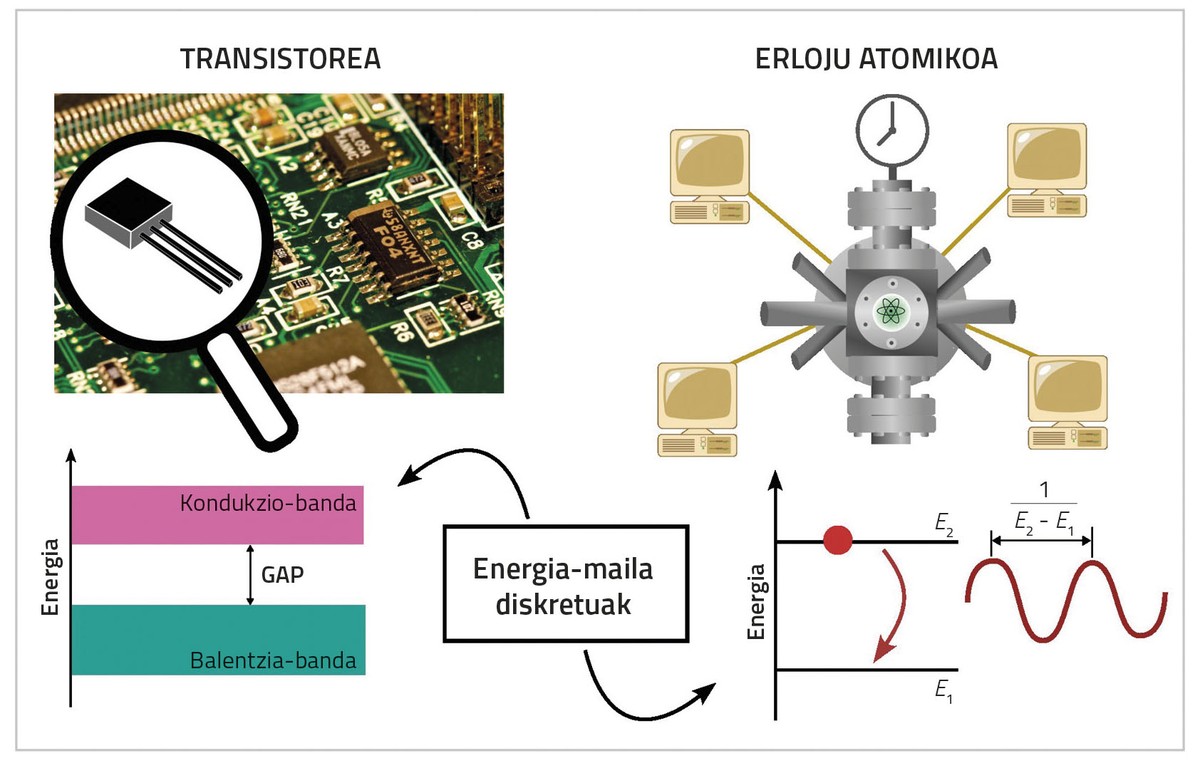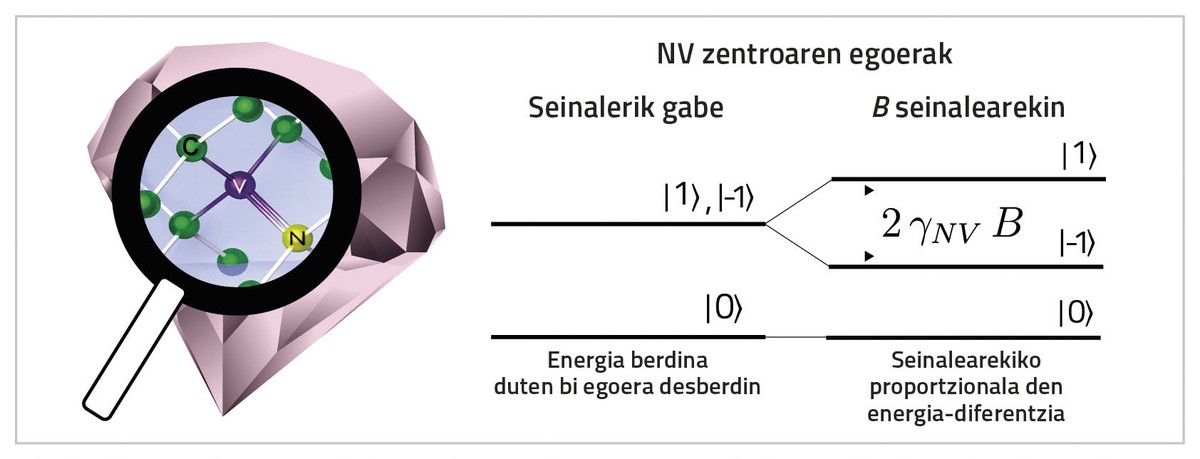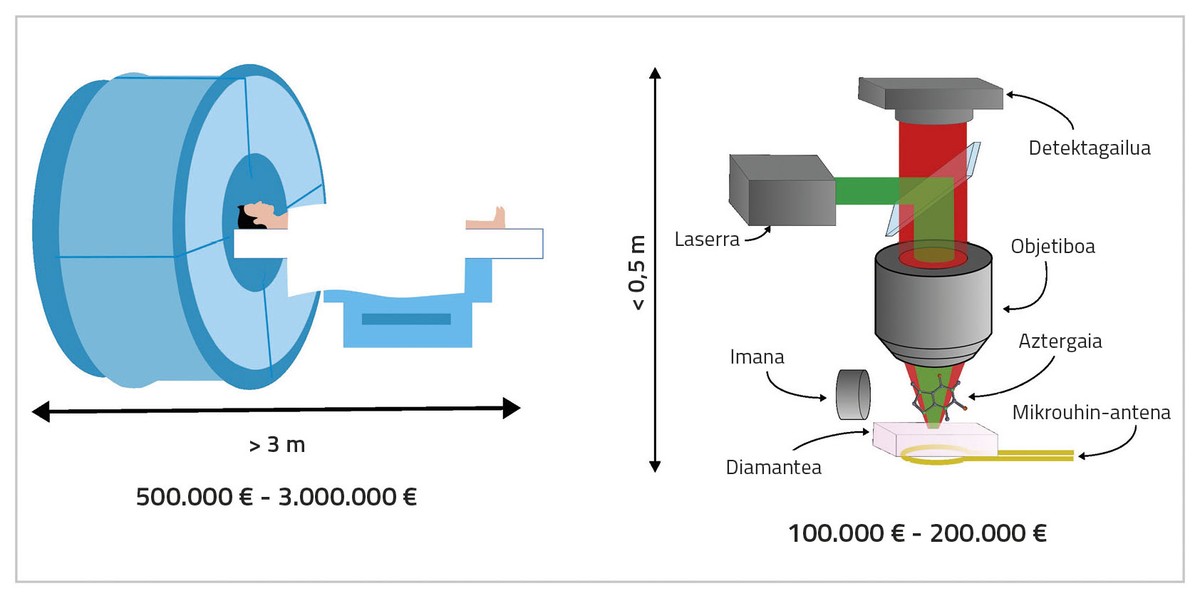New rules, new toys
We humans have been playing a long game of technology. Always, actually. At a time when no Homo sapiens were alive, there were hominids who cultivated stone tools for both hunting and food preparation. In fact, this power was the characteristic that separated the first members of the homo genus from their precursors. Today, although it is a concept that we associate with the recently launched mobile and/or some artificial intelligence application, in fact, it is technology, knowledge. Knowledge of the techniques and skills that have allowed us to understand and master the environment over the centuries. The capacity that defines us, the human being.
Since the stone tools, we have been intensely exploring the technology playground. We have come a long way from fire control to the Internet, through the development of agriculture, the invention of the wheel and the production of electricity. The last step along this path forces us to explore the extravagant behavior of matter on the smallest scales. more than 2 million years on this playground and we still find new corners. It also seems that, in this corner, things behave differently, their attitude is governed by a different set of laws. Maybe these new laws can allow the development of new toys?
The new rules: The quantum mechanics
At the beginning of the twentieth century, new concepts of the fundamental behavior of matter became known in relation to certain incomprehensible results within the knowledge of the time. The discrete (non-continuous) nature of the energy is one of them. In our daily lives, we see energy being constantly exchanged. For example, if we go to the mountain, we will pass through all the heights from the point of departure to the summit at some point. Also, when braking the car, the car takes all the speeds that go from the initial value to zero, all of them. That is, we acquire or lose energy (potential in one case, kinetic in the other) continuously. In contrast, on the atomic scale, energy is exchanged in packets, that is, it changes in leaps. As if it were a monetary exchange, where the lowest amount we can take or give is set by the value of the smallest coin, there is a minimum value for the exchange of energy: the quantum.
The knowledge of the discreet nature of energy led to the first quantum revolution and ensured the development of several technologies that shape the world today, such as the transistor. What for many is the most important invention of the twentieth century is the basis of all the electronic instruments that are ubiquitous today, and that are made of more than trillions of units every second in the world. Every second of the day! It is not little! Atomic clocks were also developed during the first quantum revolution. These are based on the difference between two energy levels of an atom to measure time, and the operation of current communication systems, such as the Internet, depends on precise measurements provided by such a clock (see Figure 1).

So there are already technologies based on quantum mechanics among us. In any case, today we say that a second quantum revolution is underway. What caused this new revolution? Progress in the field of engineering has made it possible to control individual quantum systems, which in turn has made it possible to exploit new quantum phenomena, in particular super-quantum phenomena. Super-echoes, in short, the ability of a quantum system to exist in all possible states at the same time. In this way, when measuring a property of the system, we can obtain any accepted value (the discrete nature of the energy excludes many values) with the corresponding probability of each one. The overlay also allows a special correlation between the systems, quantum entanglement, a correlation that is maintained even though the systems are distant from each other. You can find an excellent explanation about these quantum principles in Gorka Azkune's article "When fiction becomes reality". [1].
The new toys: The quantum computer
With these new rules in hand, we can’t wait to start playing, but where to start? In the technology playground there is a feature that the most precious toys have in common: they have somewhere an electronic device that processes information, that is, a computer. If it were possible to improve these machines using quantum systems, they would be a good starting point.
A computer basically takes the information and performs logical operations therewith in order to solve the problem in question. With the increasing number of operations to be performed, the computer will take an increasing amount of time to solve the problem. We know that the resolution time of certain problems, even on the most powerful computers in the world, exceeds the age of the universe. A typical example of such problems is the factorization of integers. However, in a paper published in 1997, Peter Shore demonstrated that a computer that exploits quantum superchemistry can solve the factorization of numbers in a short time [2]. Considering that this problem is the basis of most encryption systems in the world, it is not surprising that this work has caused a stir. It became clear that the quantum computer opened up the possibility of solving problems that until then were considered impossible.
Since then, at the hands of the most powerful companies and governments in the world, we have known the technological race to obtain the quantum computer, a rivalry full of news of notoriety [3] and of incalculable failures [4] (to deepen in this subject, you can go to the article written by Iñigo Arrazola [5]). However, more than 25 years have passed and there is no quantum computer in our homes. Why not? The main reason is the enormous sensitivity of quantum systems. The influence of the medium on quantum systems nullifies the super-quantum. Therefore, in order to exploit this property, systems must be kept completely isolated from the environment for long periods of time, which is a huge technical challenge. This is not enough and, in order to process the information, the state of such systems must be precisely controlled. Managing a single system is not difficult (at least in specialized laboratories), but solving real problems requires quite a few systems in interaction, which makes it extremely difficult to control situations. It seems that these difficulties are still many years away from being fully overcome. In the meantime, there are modest quantum computers that are useful in certain sectors, but it seems that there will be no toys that will create a real revolution in the short term.
Playing with common sense: The quantum sensors
Let's not get discouraged. In fact, the same characteristic that hinders the development of quantum computers, namely their sensitivity to the environment, facilitates the achievement of another type of toy. Sensors [6] are devices that we can find everywhere, because the accurate measurement of physical properties is of vital importance in many areas of our society. Medicine is a notable example of this, where obtaining accurate information about the functioning of the body can lead to a correct diagnosis and treatment.
Nuclear magnetic resonance is one of the most widely used methods for accessing this information. The atoms of our body (mainly hydrogens present in water molecules), as a result of their response to magnetic fields and radio waves, emit a magnetic signal that, by measuring it, can determine the location of the emitting atoms and thus construct the internal image of the body. Multiple structures (joints, organs, etc.) it is a preferred method of analysis and, in general, a highly successful diagnostic test. However, there is a lot of room for improvement in this process.
The sensitivity of the sensors that use hospital resonance machines is low, that is, they hardly detect weak magnetic signals, such as those emitted by our body. This implies the need to generate very high magnetic fields (since the signal generated is proportional to the field), increasing the technical complexity and the price of the machines. As a result, we have a sporadic procedure, today an MRI, which is performed when other tests already suggest a problem, and which usually has long waiting lists. Will there be any toys in this strange corner of the playground that can alleviate this situation? Well, if there is, it's also made of diamonds.

Diamond is a network of carbon atoms in which defects may occur, for example, a carbon may be replaced by a nitrogen and a void at an adjacent site. This structure, known as the NV centre (Nitrogen-Vacancy), is an ideal platform for the development of quantum technology [7]; it is easy to control, cheap and works at room temperature. It also responds to changes in various physical properties, including the magnetic field, making it ideal for sensor work (see Figure 2). What’s more, the NV centers are very sensitive, as they perceive even the tiniest changes in the magnetic field. Attempts with such systems in the context of magnetic resonance have had surprising results: the magnetic signal emitted by a single molecule has been detected, [8] and single cell resolution resonance imaging has been obtained, [9] among others. In addition, there are organizations that have developed products based on the experiments already mentioned, which have paved the way for the MRI procedure to be a routine procedure in the hospitals of tomorrow (see Figure 3).

The measurement of magnetic resonance signals is just one example of the transformative power of quantum sensors; significant of course, but an example, after all. We could fill in eleven more pages along the same line, explaining applications that are as prominent as each other. However, such toys tend to garner little attention, although they are the closest quantum devices to meet the needs of society. It’s time, therefore, for quantum sensors to emerge from the germ of more charming technologies and receive the attention they deserve.
The bibliography
[1] Azkune Galparsoro, G. 2014. “When fiction becomes reality.” Elhuyar Magazine, 308.
[2] The W. Assisted by Shor, P. 1997. “Polynomial-Time Algorithms for Prime Factorization and Discrete Logarithms on a Quantum Computer”. SIAM Journal on Computing, 26, 5.
[3] Arute, F. et al. 2019. “Quantum supremacy using a superprogrammable conducting processor.” Nature, 574, 505-510.
[4] Pednault, E.; According to Maslov, D.; Gunnels, J. and Gambetta, J. 2019 “On ‘quantum supremacy’”. IBM blog.
[5] Arrazola Konstanz, I. 2020. “Google and Quantum Supremacy.” Elhuyar Magazine, 340.
[6] Degen, C. In the case of L.; Reinhard, F. and Cappellaro, P. 2017. “Quantum sensing”. According to the Rev. Compare with Mod. I'm talking about Phys. 89.
[7] Doherty, M.W. et al. 2013. “The nitrogen-vacancy colour centre in diamond”. Physics Reports, 528, 1, 1-45.
[8] Lovchinsky, I. et al 2016. "Nuclear magnetic resonance detection and spectroscopy of single proteins using quantum logic". Science, 351, 6275, 836-841.
[9] Glenn, D.R. 2015. “Single-cell magnetic imaging using a quantum diamond microscope”. Nature Methods, 12, 736-738 .
Buletina
Bidali zure helbide elektronikoa eta jaso asteroko buletina zure sarrera-ontzian











